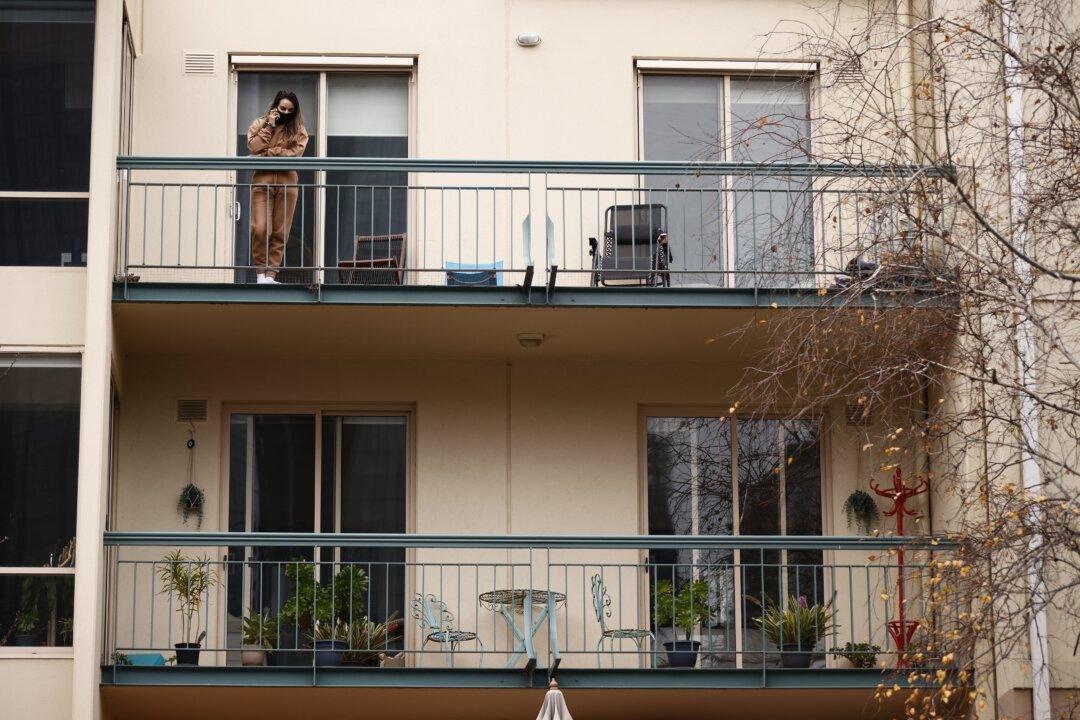The number of households under ‘mortgage stress’ sharply fell to near record lows in mid-2021 despite the loss of JobKeeper, according to research by market search company Roy Morgan.
The latest data, based on in-depth interviews over a rolling three-month period to May, revealed that the number of ‘at risk’ mortgage holders has fallen to 17.3 percent from 19.4 percent during the same months in 2020.





